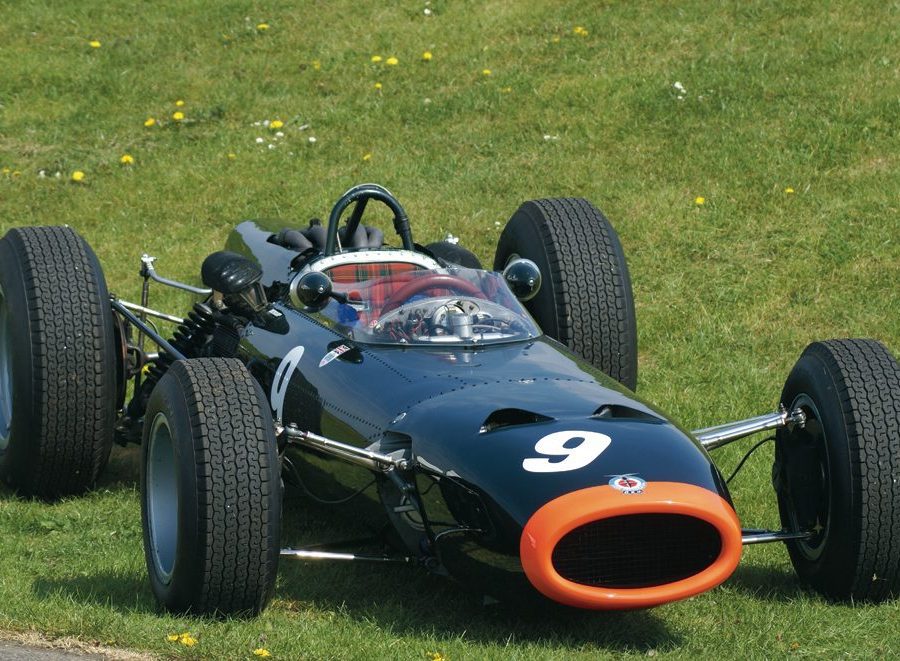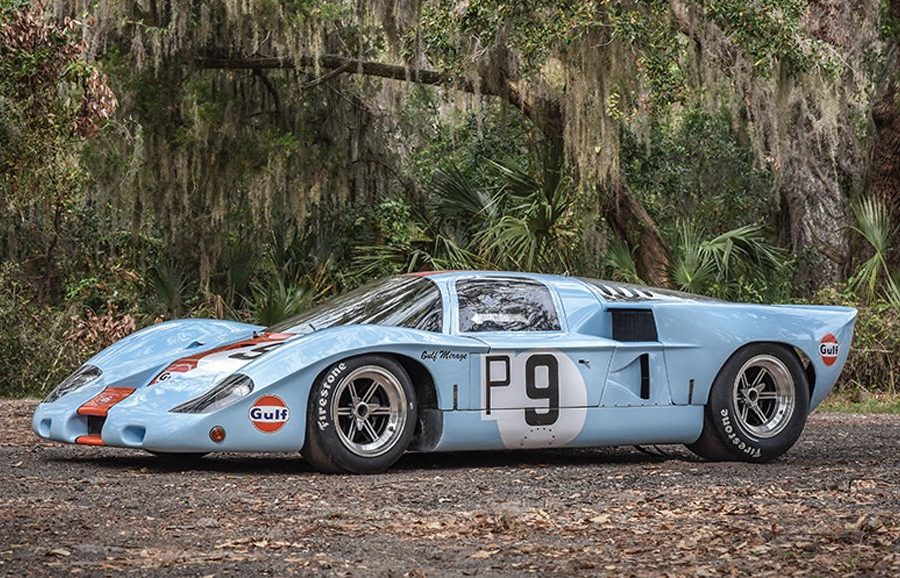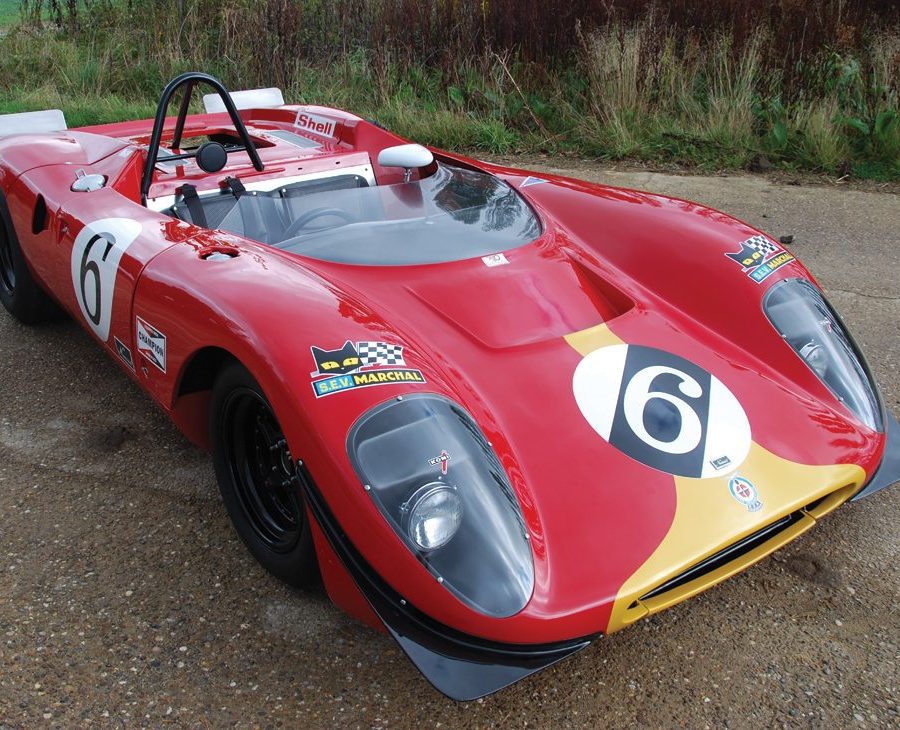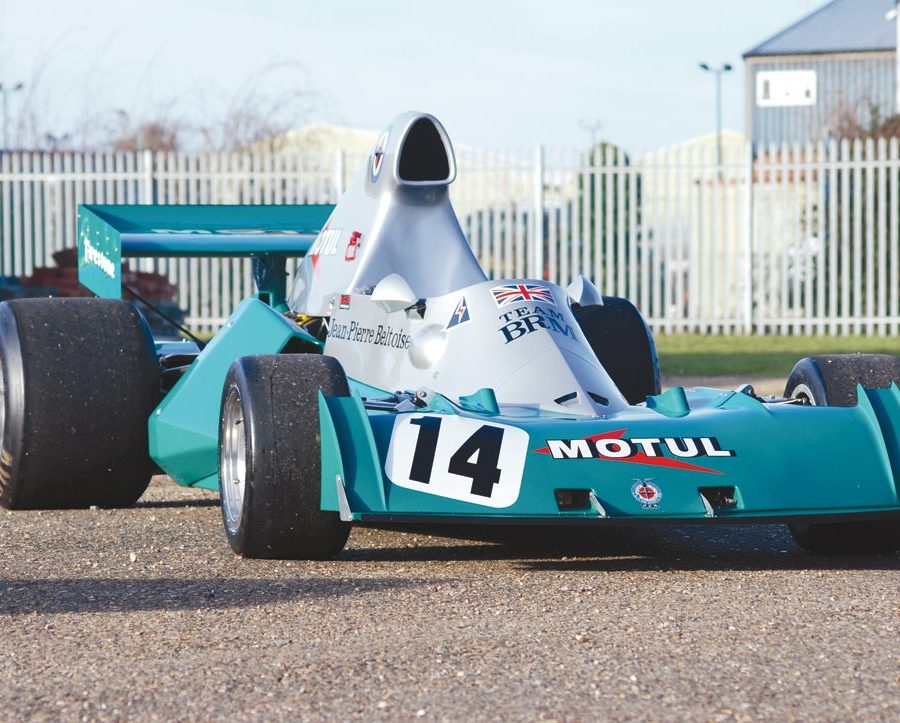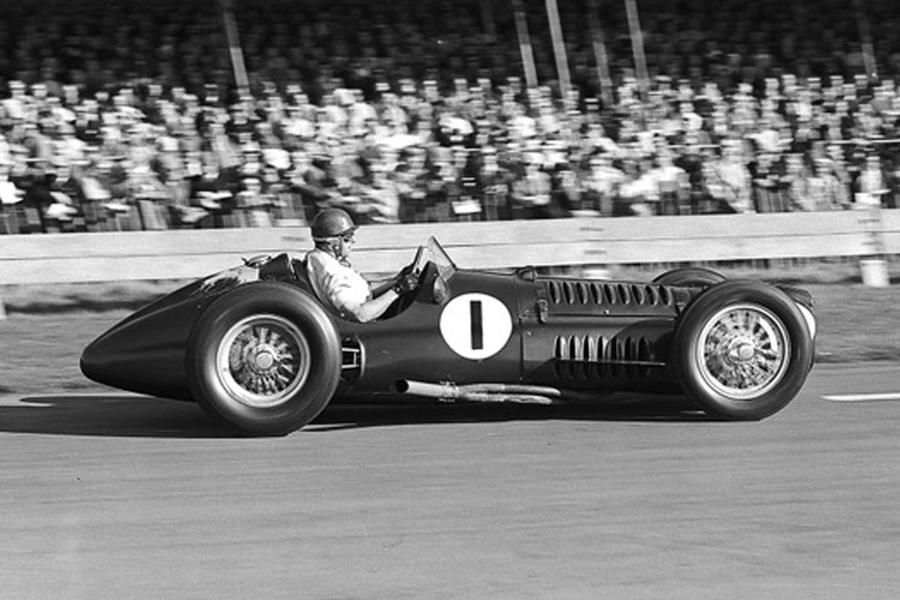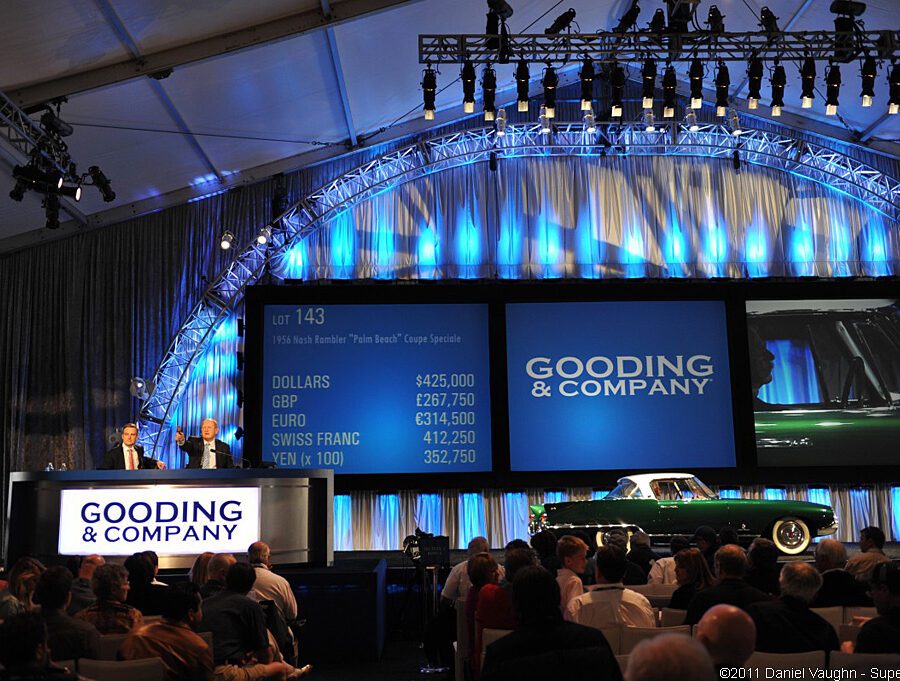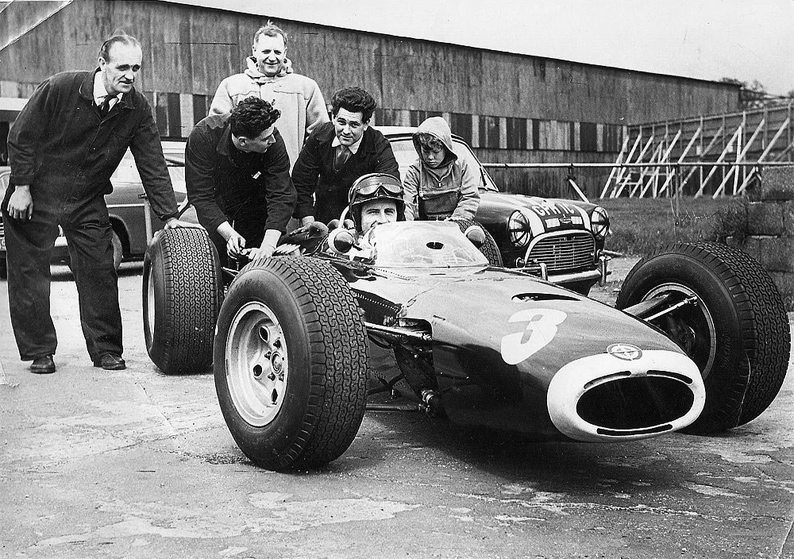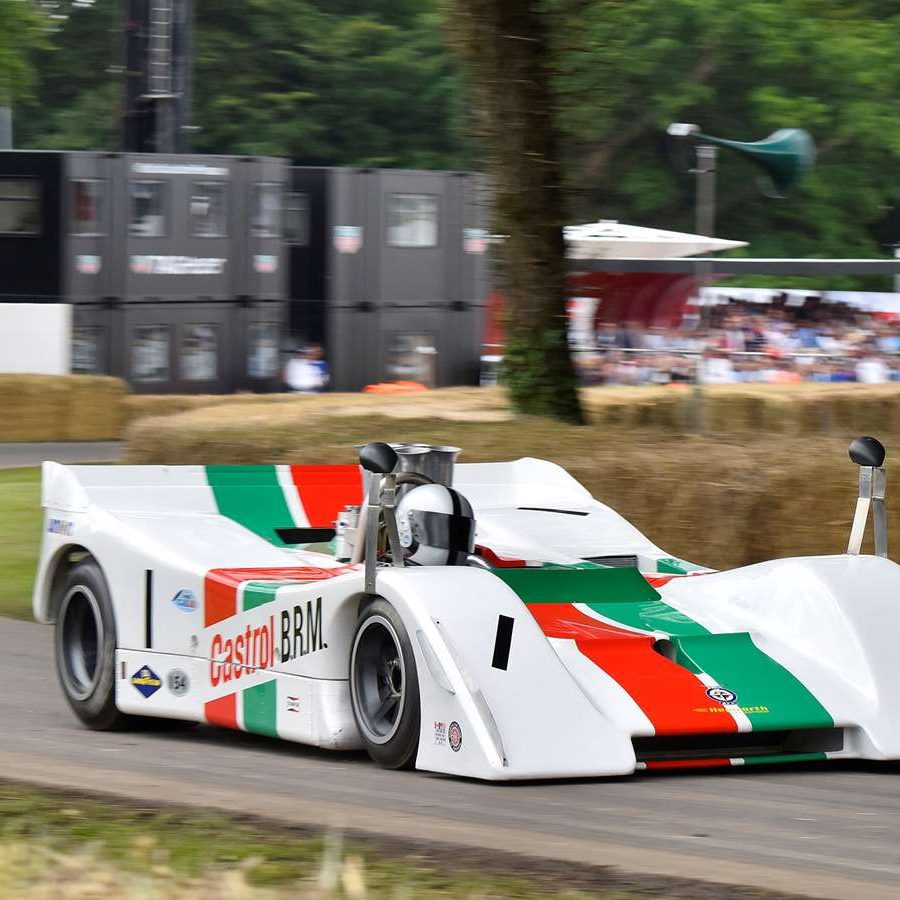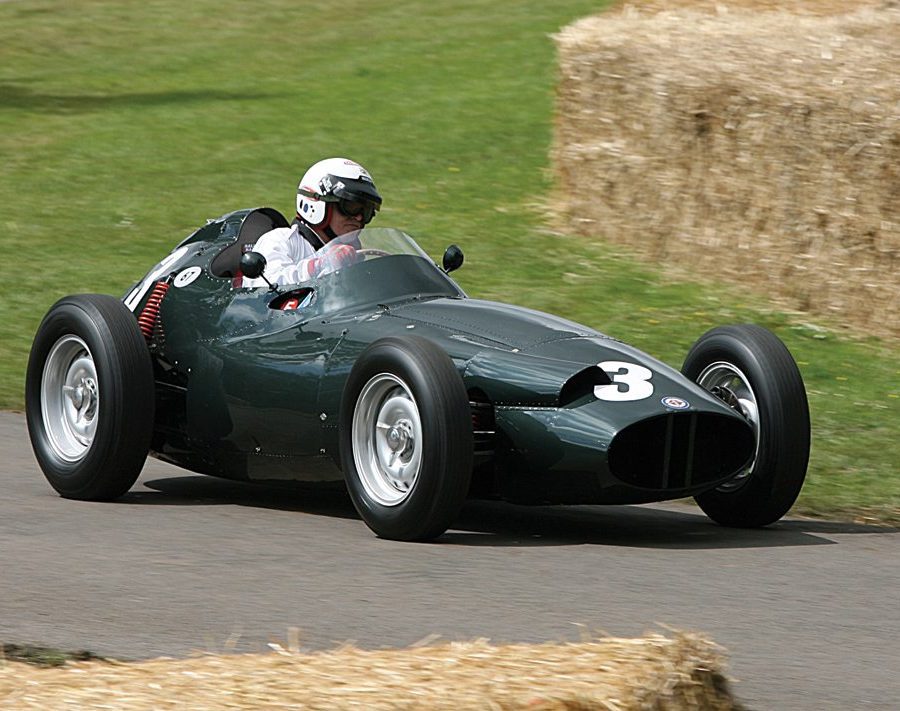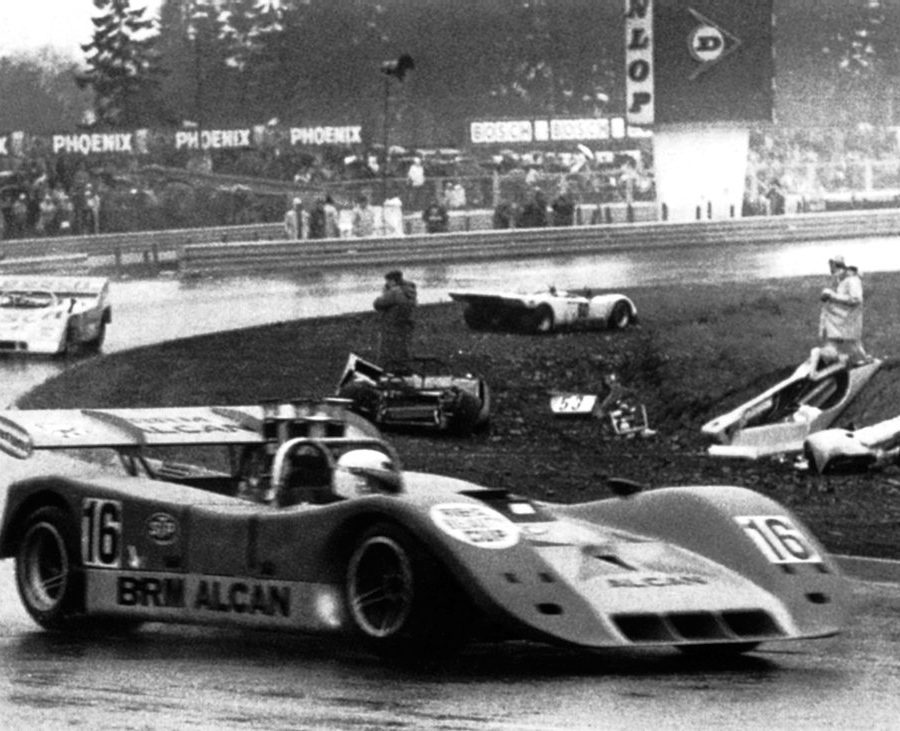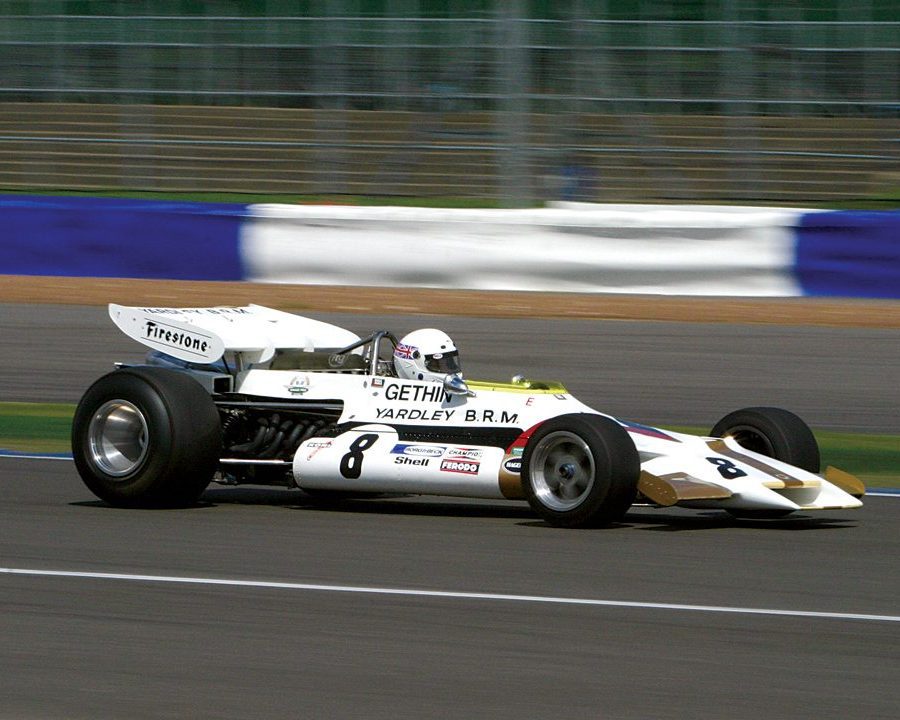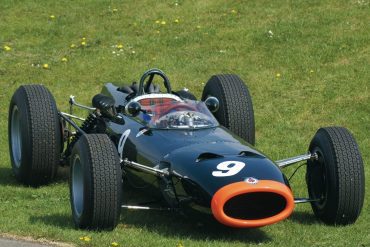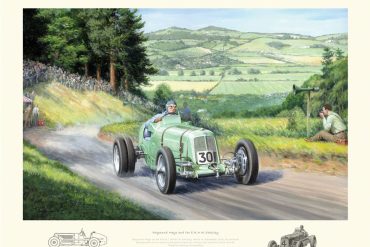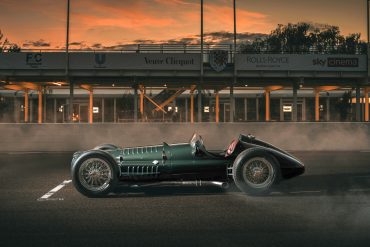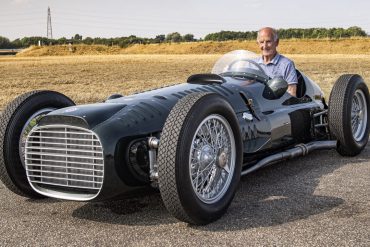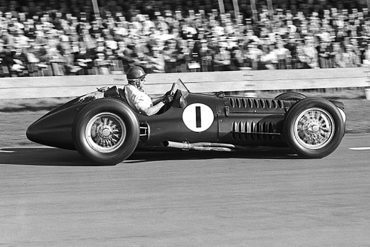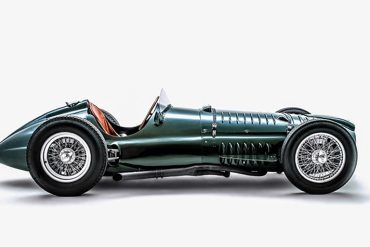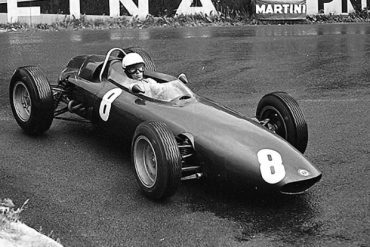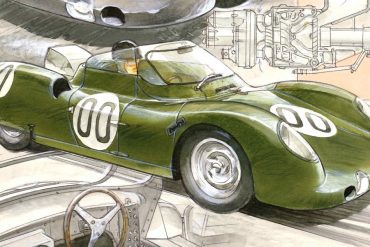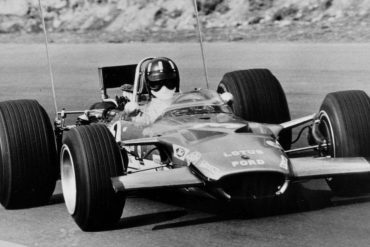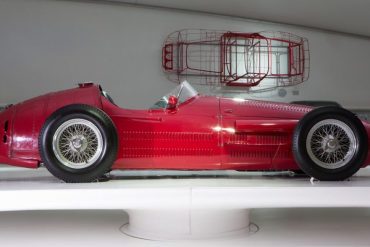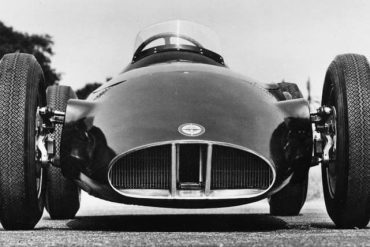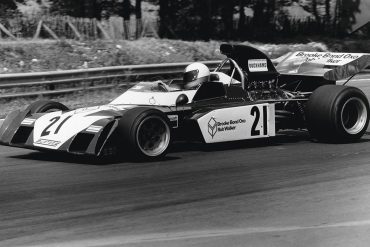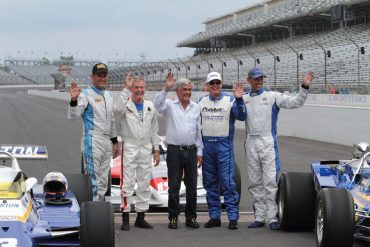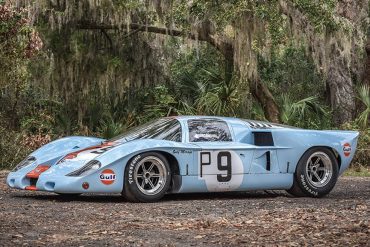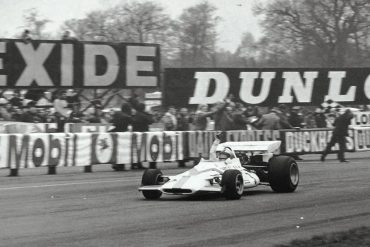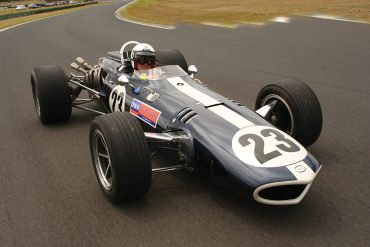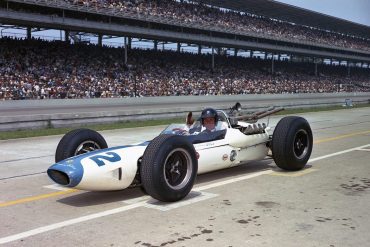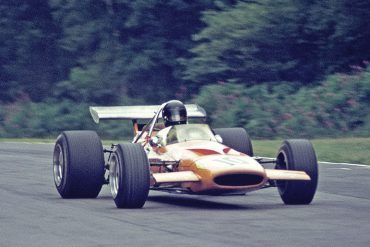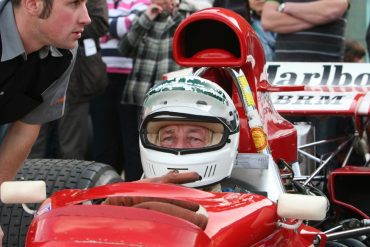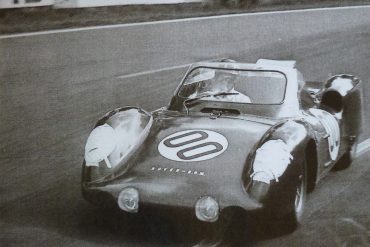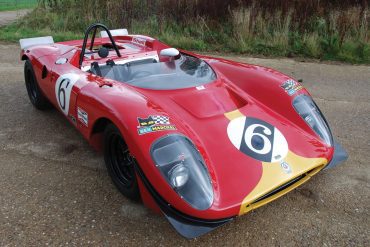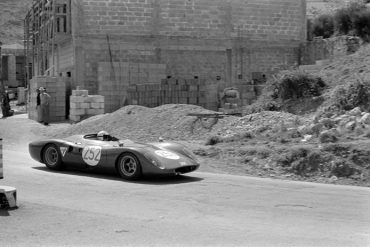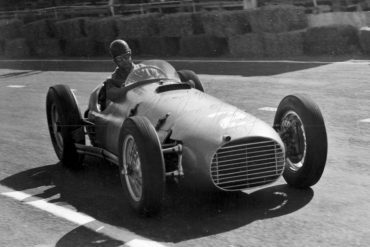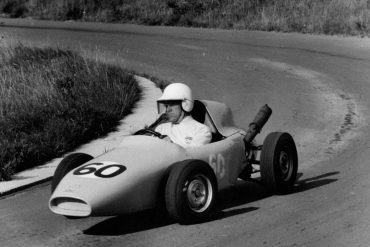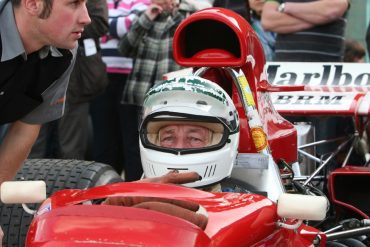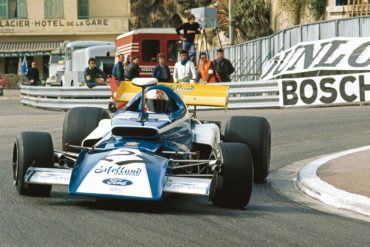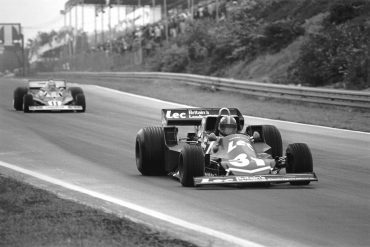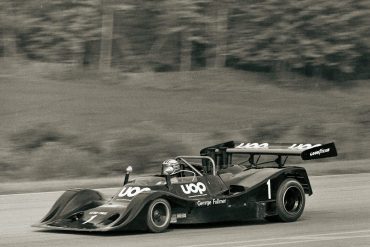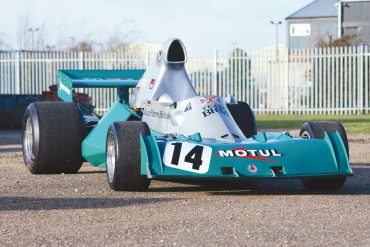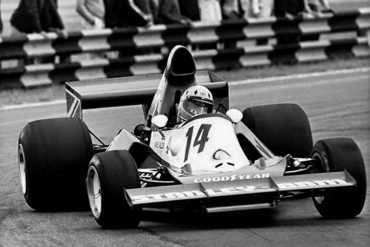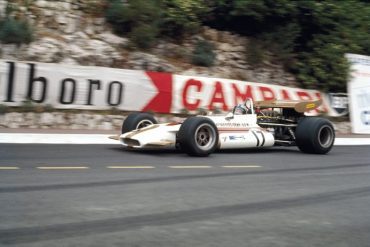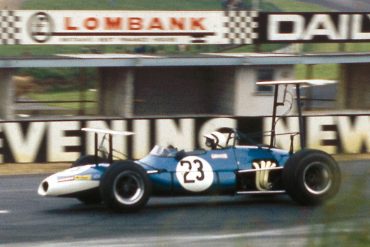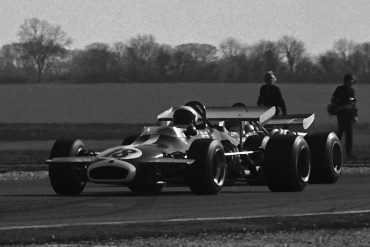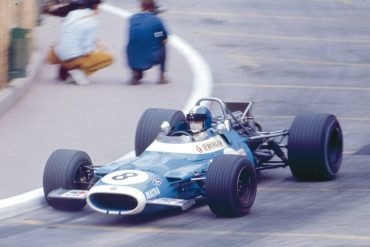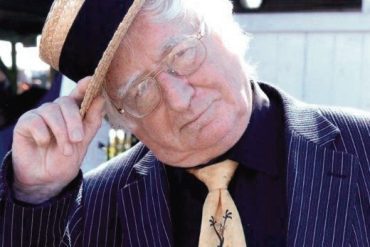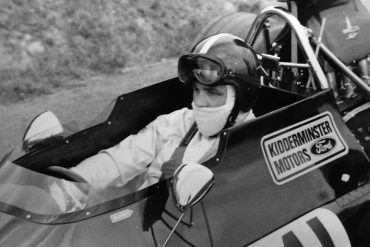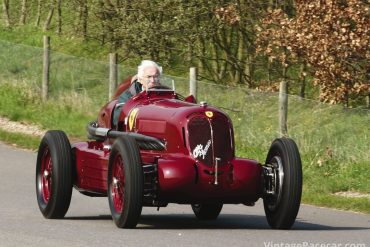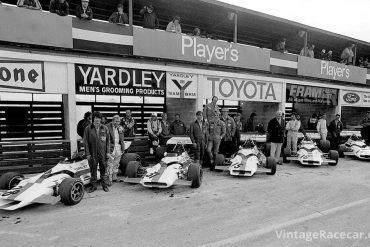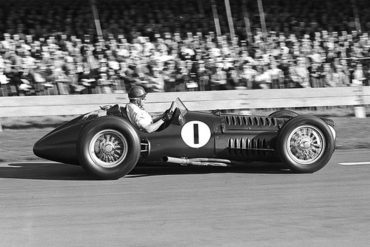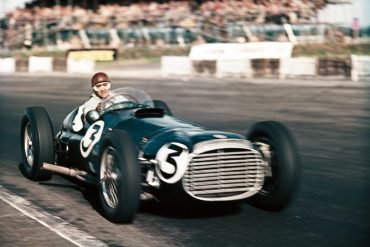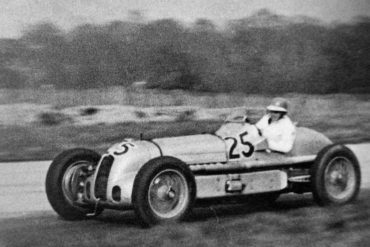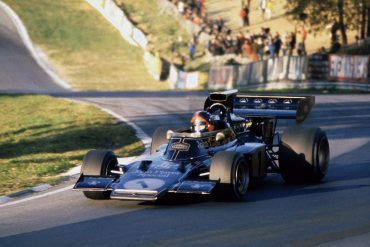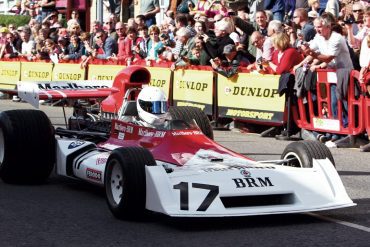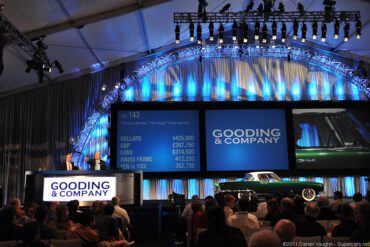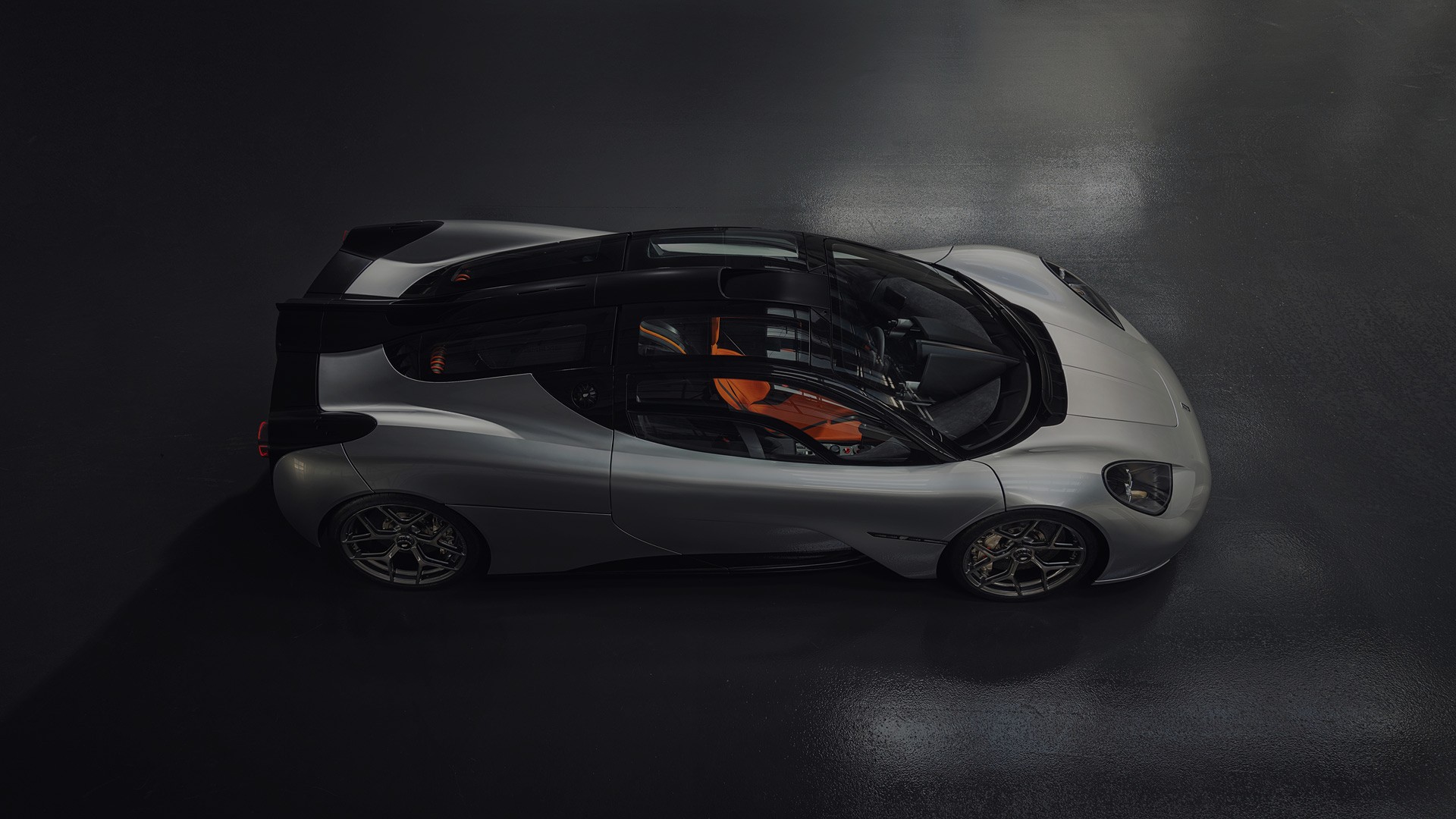In 1966, the rain in Spain didn’t stay mainly on the plain. It blew eastward to the Ardennes Mountains of Belgium, and hurled itself down onto the Belgian Grand Prix at Spa Francorchamps, one of the regions unfortunately prone to such downpours. One lap into the race, Jackie Stewart and...
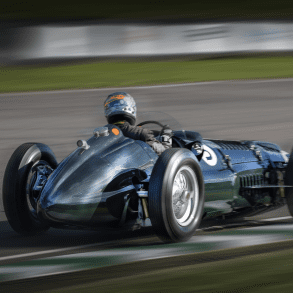
BRM (British Racing Motors)
Research, History, Reviews, Media & More
BRM (British Racing Motors): A Pioneering Force in British Motorsport
BRM, or British Racing Motors, holds a unique place in the history of Formula One, representing Britain’s drive to compete at the highest level of motorsport. Founded with the ambitious goal of building a world-beating race car entirely in the UK, BRM's journey was one of passion, innovation, and significant achievements. From its founding in the 1940s to its glory in the 1960s, BRM experienced both challenges and triumphs. This post explores the founding of BRM, its evolution, notable car models, and the key milestones that defined its legacy.
The Founding: Britain’s National F1 Project
BRM was founded in 1945 by Raymond Mays, a British racing driver, and Peter Berthon, an engineer. Mays had already made a name for himself in pre-war motorsport and wanted to build a world-class racing team that could challenge the dominance of Italian and German manufacturers in Formula One. BRM's founding was essentially a national project, backed by British industrialists and companies, with the goal of creating a Formula One car that was entirely British—designed, built, and powered by British engineering.
The team initially struggled with funding and technical difficulties, but the vision was clear: to create a car that would dominate the newly formed Formula One World Championship, which began in 1950.
The Evolution of BRM: From Struggles to Success
BRM's early years were challenging, marked by technical issues and performance difficulties. However, perseverance and a commitment to innovation eventually paid off, leading to success on the track.
Early Struggles: The V16 Engine and Initial Setbacks (1940s-1950s)
BRM’s first significant project was the creation of the BRM Type 15, powered by a complex and ambitious 1.5-liter supercharged V16 engine. The V16 engine, with its incredible power output of around 600 horsepower at 12,000 rpm, was designed to compete with the best cars of the time. However, while the V16 engine was powerful, it was also highly unreliable and difficult to manage, leading to a string of mechanical failures in early races.
The technical challenges of the V16 project hampered BRM’s progress during the 1950s, and the team struggled to consistently compete at the front of the grid. Despite these issues, the car’s distinctive scream and technical ingenuity earned it a place in motorsport history.
The Turnaround: BRM P25 and First Grand Prix Win (1959)
In the late 1950s, BRM shifted its focus to developing more reliable cars. The BRM P25, introduced in the mid-1950s, marked a turning point for the team. Powered by a naturally aspirated 2.5-liter engine, the P25 was a more manageable and competitive car than the troublesome V16.
BRM’s persistence finally paid off in 1959 when driver Jo Bonnier secured the team’s first Formula One victory at the Dutch Grand Prix. This win was a breakthrough moment for BRM, signaling that the team could compete with the best in the world.
The Golden Era: BRM P57 and World Championship Glory (1962)
The early 1960s marked the peak of BRM’s success. The team developed the BRM P57, a 1.5-liter V8-powered car that became one of the most competitive machines on the Formula One grid. The P57 featured advanced engineering and a lightweight design that gave it excellent handling and speed.
BRM’s greatest triumph came in 1962, when driver Graham Hill piloted the P57 to win the Formula One Drivers’ Championship, and BRM secured the Constructors’ Championship. This was the first time a British team had won both titles, marking a significant achievement for British motorsport and BRM’s crowning moment.
The BRM H16: Innovation and Challenges (1966)
Always willing to experiment with advanced engineering, BRM took a bold step in 1966 with the development of the BRM H16, an engine design that featured two flat-eight engines stacked on top of each other to create a 16-cylinder power unit. The H16 was an ambitious attempt to meet the new 3.0-liter engine regulations introduced that year.
While the H16 was powerful, it was also extremely complex and heavy, resulting in reliability issues. Despite its challenges, the H16 engine achieved a remarkable victory in the 1966 United States Grand Prix, with Jim Clark driving a Lotus chassis powered by the BRM H16 engine.
Late 1960s and Decline: The BRM P160 and P180
After the glory of the early 1960s, BRM struggled to maintain its competitiveness. In the late 1960s and early 1970s, the team developed the BRM P160, which showed promise and achieved several race wins, including victories with drivers like Pedro Rodríguez and Jean-Pierre Beltoise.
However, financial difficulties, management issues, and the increasingly competitive nature of Formula One made it difficult for BRM to keep pace with rival teams like Lotus, Ferrari, and McLaren. The development of the BRM P180 in 1972 failed to bring the team back to the front, and by the mid-1970s, BRM’s performance had significantly declined.
The End of BRM’s Formula One Journey
By the mid-1970s, BRM’s fortunes had waned, and the team was no longer able to compete at the highest levels of Formula One. A combination of financial difficulties, management changes, and technical challenges led to the team’s decline, and BRM withdrew from Formula One after the 1977 season.
Despite its eventual demise, BRM’s legacy in Formula One is profound. The team’s success in the 1960s, particularly its World Championship triumph, and its contributions to automotive engineering continue to be celebrated by motorsport enthusiasts.
The Legacy of BRM
BRM’s legacy is one of passion, innovation, and national pride. The team’s journey from early struggles to world championship glory exemplifies the determination and ambition that defined British motorsport in the 20th century. BRM’s pioneering spirit and engineering achievements continue to influence the sport today, and its place in the history of Formula One is secure.
In recent years, there has been a renewed interest in BRM, with a project to build new, fully authentic BRM V16 race cars, honoring the team’s engineering achievements and keeping the spirit of BRM alive for future generations of motorsport fans.


